A hinterland in the old world of Islam, the early history of the consolidation of Islamic civilization in Bengal is somewhat shrouded with mystery. After the establishment of Muslim rule in the region, mass conversion to Islam took place over centuries in different phases. The book seeks to analyze the early diffusion of Islamic culture in Bengal using the substantively rich and hitherto untapped Arabic and Persian inscriptions scattered all over the region.
The main chapters concentrate on inscriptions recently discovered. In addition to deciphering and editing the epigraphic texts, the information derived from them and particularly their historical contents have been analyzed in detail. All the titbits of information, such as the names of the contemporary rulers, local administrative officers, religious figures and military commanders etc., help us understand the political, administrative, social, religious and cultural scenario of that period. Special attention has been given to the titles which invariably accompany the names appearing in the inscriptions. They indirectly throw light on the personality of the title bearer and many other contemporary issues. The history of the religious transformation of the region has been discussed at great length, as a great number of these inscriptions belong to religious monuments. In addition, most of these inscriptions provide valuable information about the monuments they belonged to, which is also useful to reconstruct the architectural history of the region. The chapter on Islamic calligraphy discusses the splendour of the popular styles found in the inscriptions of the region, such as Kufi, thulth, naskh, riqa’, rayhani, muhaqqaq, tughra’ and Bihari.
In sum, the book analyzes the overall cultural continuity of the Muslims of Bengal and their counterparts elsewhere in the Muslim world, which binds them together as an umma. Thus, in spite of their many distinctive local cultural features, one soon discovers in these wonderful epigraphic treasures the most vibrant message–unity within diversity–that is prevalent everywhere in Islamic culture.
ABOUT THE AUTHOR Enamul Haque
Professor Enamul Haque had his M.A. in History (Archaeology Group) from Dhaka (1960), Diploma in Museology from London (1964) and Doctorate in South Asian Art from Oxford (1973). For three decades since 1962 he served the Dhaka Museum and rose to be the Founder Director General of the Bangladesh National Museum, developing it to be the largest Museum in the Third World. He was for a year (1990) Secretary-in-charge of the Ministry of Culture of Bangladesh. He also taught Art History, Museology and National Heritage in the universities of Dhaka and Jahangirnagar, Bangladesh University of Engineering & Technology, and the Independent University at Dhaka. An organizer of exceptional ability, he is the Founder Chairman (since 1995) and Academic Director of The International Centre for Study of Bengal Art (ICSBA) at Dhaka, convened four International Congresses on Bengal Art (1976, 1997, 1999 and 2001) and edits the Journal of Bengal Art. He was honoured by the Asiatic Society of Calcutta with the award of the Rama Prasad Chanda Birth Centenary Medal (1993) for his "conspicuous contribution in art and archaeology of Bengal". Earlier, the Asia Society of New York honoured him by electing as their Honorary International Councilor (1986-92). He served as the President of the International Council of Museum (ICOM) Asia Pacific Organization (1983-86). Among his publications, notables are Islamic Art Heritage of Bangladesh (1983) and Bengal Sculptures: Hindu Iconography (1992), the latter being a quantitative assessment of nearly two thousand sculptures now preserved in different parts of the world.
ABOUT THE AUTHOR Mohammad Yusuf Siddiq
Mohammad Yusuf Siddiq (born 1957) is currently H.E.C. professor of Islamic History, Civilization and culture at the Islamic Studies Department at University of the Punjab, Lahore, Pakistan. Fromerly, he was a faculty member at University of Sharjah in U.A.E. where he taught History, Islamic Civilization and Culture. He was the founder chair of the Department of Arabic and Islamic Studies at Zayed University in UAE during 1998-2001. Prior to that, he served as an Associate Professor of Islamic Studies at Islamic University in Kushtia, Bangladesh. He held various academic positions at Harvard University from 1987 to 19994, and from 1996 to 1998. During 1991-1992, he was a visiting fellow at Oxford Centre for Islamic Studies at Oxford University.


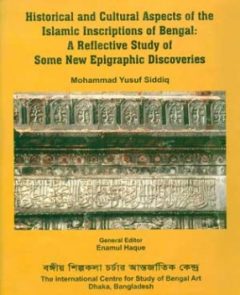

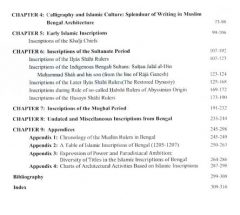
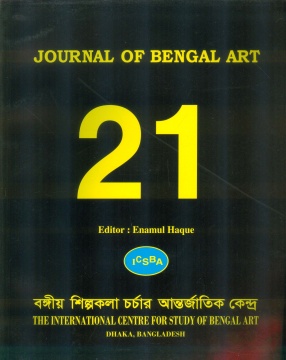
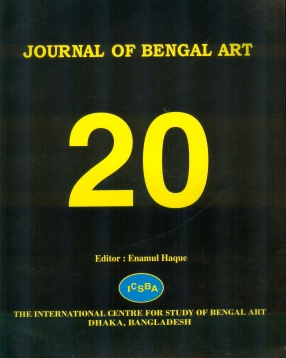
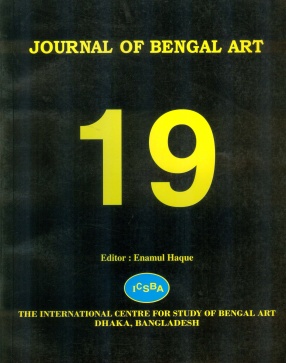
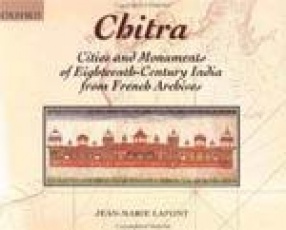
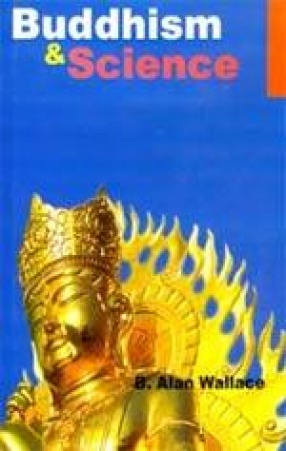

There are no reviews yet.